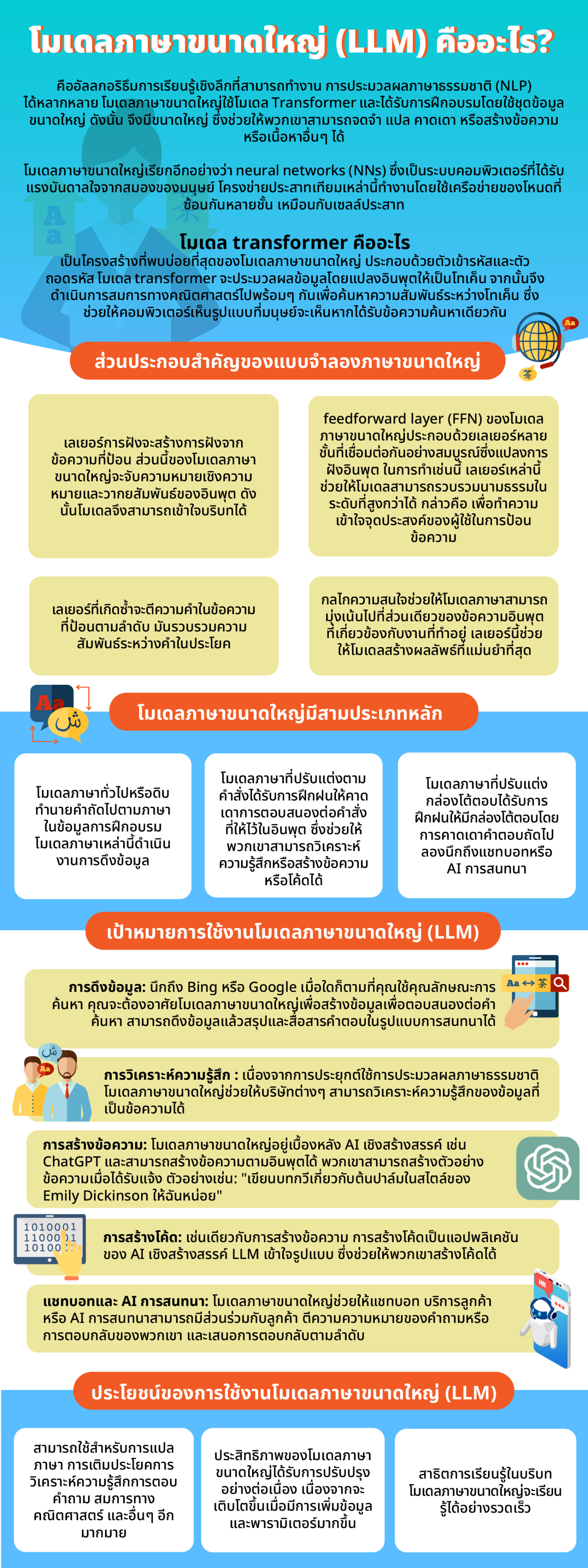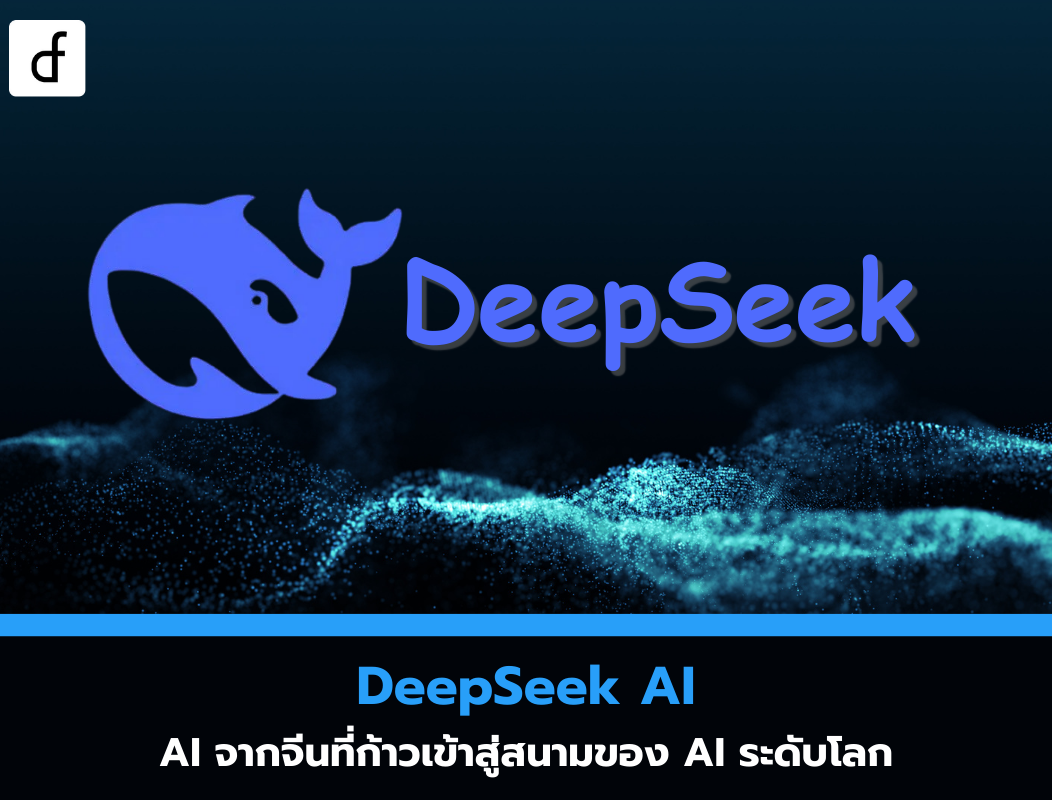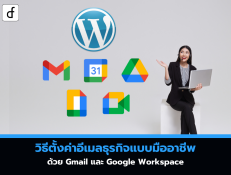
What is a Large Language Model (LLM)?
2024-03-22 03:13:48

A large language model (LLM) is a term that is heard regularly in the present era due to the development of AI technology, which is a very complex working system. First of all, we need to understand what a large language model is. What is a large (LLM)?
The definition of a large language model (LLM) is a deep learning algorithm that can work. Natural language processing (NLP) is a versatile, large-scale language model based on Transformer models and is trained using large datasets and is therefore large. This allows them to remember, translate, predict, or create text or other content.
Large-scale language models, also called neural networks (NNs), are computer systems inspired by the human brain. These neural networks work using a network of nested nodes. like nerve cells
In addition to teaching human language to artificial intelligence (AI) applications, large-scale language models can be trained to perform tasks such as understanding protein structure. Coding software, etc., is like the human brain. Large language models need to be pre-trained and then fine-tuned. To be able to solve problems of classifying text, answering questions, and summarizing documents. and the problem of creating messages
What is a transformer model?
It is the most common structure of large language models. Consisting of an encoder and a decoder, the transformer model processes data by converting the input into tokens. Then perform mathematical equations simultaneously. together to find relationships between tokens. This allows computers to see patterns that humans would see if they were given the same search term.
Essential components of large language models
-The embedding layer creates an embedding from the entered text. This part of the larger language model captures the semantic and syntactic meaning of the input. Therefore, the model can understand the context.
The -feedforward layer (FFN) of a large-scale language model consists of several fully connected layers that transform the input embeddings. To do this These layers allow the model to capture a higher level of abstraction, namely to understand the user's intent in entering text.
-The recurrent layer interprets the words in the entered text sequentially. It captures the relationships between words in a sentence.
-The attention mechanism allows the language model to focus on a single part of the input text that is relevant to the task at hand. This layer helps the model produce the most accurate results.
There are three main types of large language models:
-General or raw language models predict the next word based on the language in the training data. These language models perform data extraction tasks.
-Adaptive language models are trained to predict responses to commands given in the input. This allows them to perform sentiment analysis or generate messages or code.
-Dialog-tuned language models are trained with dialogs by predicting the next answer. Think about chatbots or conversational AI.
Difference between large language model (LLM) and generative AI
Generative AI is a general term that refers to artificial intelligence models that can generate content. Generative AI can generate text, code, images, video, and music. Examples of generative AI include Midjourney, DALL-E, and ChatGPT.
Large-scale language models are a type of Generative AI that are trained on text and generate textual content. ChatGPT is a popular example of generative text AI.
How do large language models work?
Large-scale language models are based on Transformer models and work by taking input, encoding it, and then decoding it to produce output predictions. But before large-scale language models could accept text input and generate predictions for the output, Training is required to perform all common functions. and fine tuning This allows them to perform specific tasks.
-Training: Large-scale language models are pre-trained using large text datasets from sites like Wikipedia, GitHub, or others. These datasets contain trillions of words. The quality of these words affects the performance of the language model. In this step, a large-scale language model is involved in unsupervised learning. This means that the model processes the input dataset without specific commands. During this process, LLM's AI algorithm can learn the meaning of words. and the relationships between words It also learns to distinguish words according to their context. For example, learn to understand whether "right" means "right" or the opposite of "left".
-Fine-tuning: For a large language model to perform a specific task, such as translation, it must be fine-tuned according to that activity. Fine-tuning improves the performance of a specific task.
-Prompt customization functions similarly to fine-tuning. It trains models to perform specific tasks over a few prompts. or Zero-shot Prompts Prompts are instructions given to LLM. Few-shot prompts teach the model to predict outcomes through the use of examples.
Targeted use of large-scale language models (LLM)
-Information Retrieval: Think Bing or Google whenever you use the search feature. You will need to rely on large language models to generate data in response to search queries. Able to extract information and summarize and communicate answers in a conversational format.
-Sentiment analysis: Due to the application of natural language processing, large-scale language models help companies Able to analyze the sentiment of textual data.
-Text Generation: Large language models are behind creative AI such as ChatGPT and can generate text based on input. They can create a message preview when prompted. For example: "Write me a poem about palm trees in the style of Emily Dickinson."
-Code generation: Same as text generation. Code generation is an application of creative AI. LLM understands patterns, which helps them create code.
-Chatbots and Conversational AI: Large language models help chatbots. Customer service or conversational AI can engage with customers. Interpret the meaning of questions or their responses. and offer responses accordingly.
Benefits of using large language models (LLM)
-Can be used for language translation Sentence completion, sentiment analysis, answering questions Mathematical equations, and much more
-The performance of large-scale language models is continuously improved. Because it will grow as more data and parameters are added.
-Demonstrate learning in context Large language models learn quickly.
Leave a comment :
Recent post

2025-01-10 10:12:01

2024-05-31 03:06:49

2024-05-28 03:09:25
Tagscloud
Other interesting articles
There are many other interesting articles, try selecting them from below.

2025-02-03 03:01:55

2025-02-14 02:44:54

2025-02-27 03:01:02

2023-11-09 09:55:03

2024-03-12 02:47:11

2025-03-31 03:30:20



